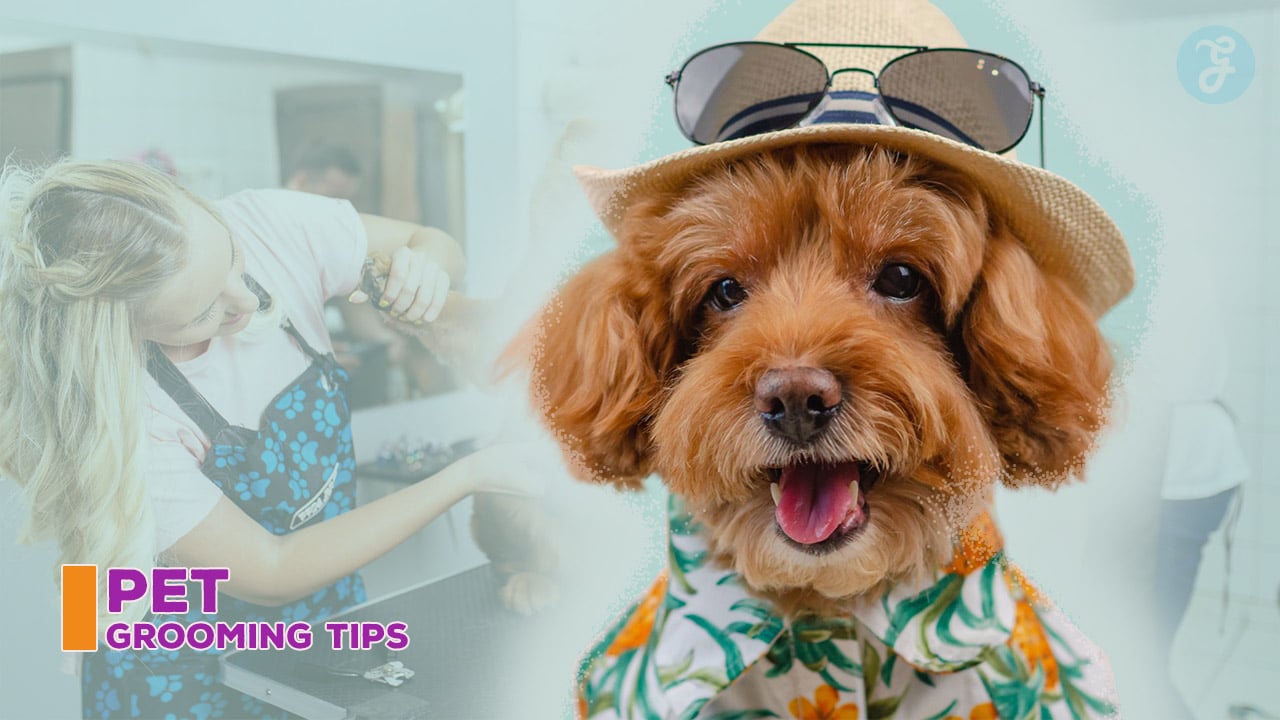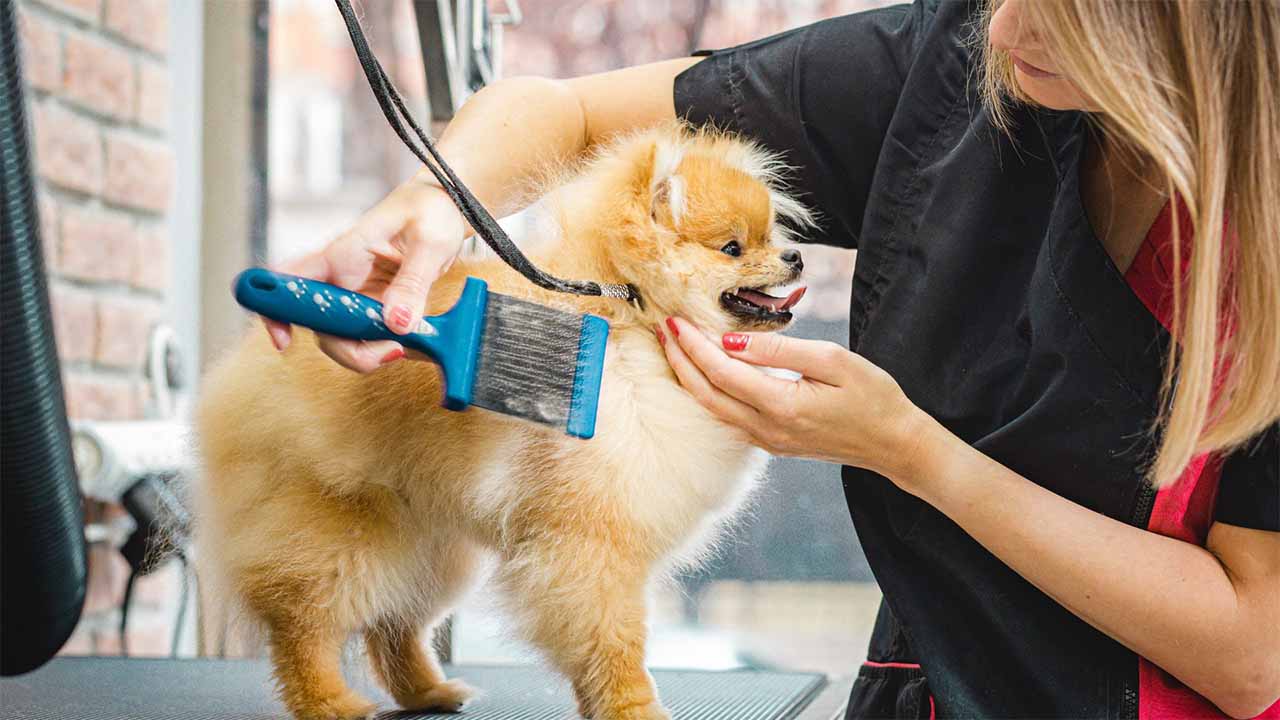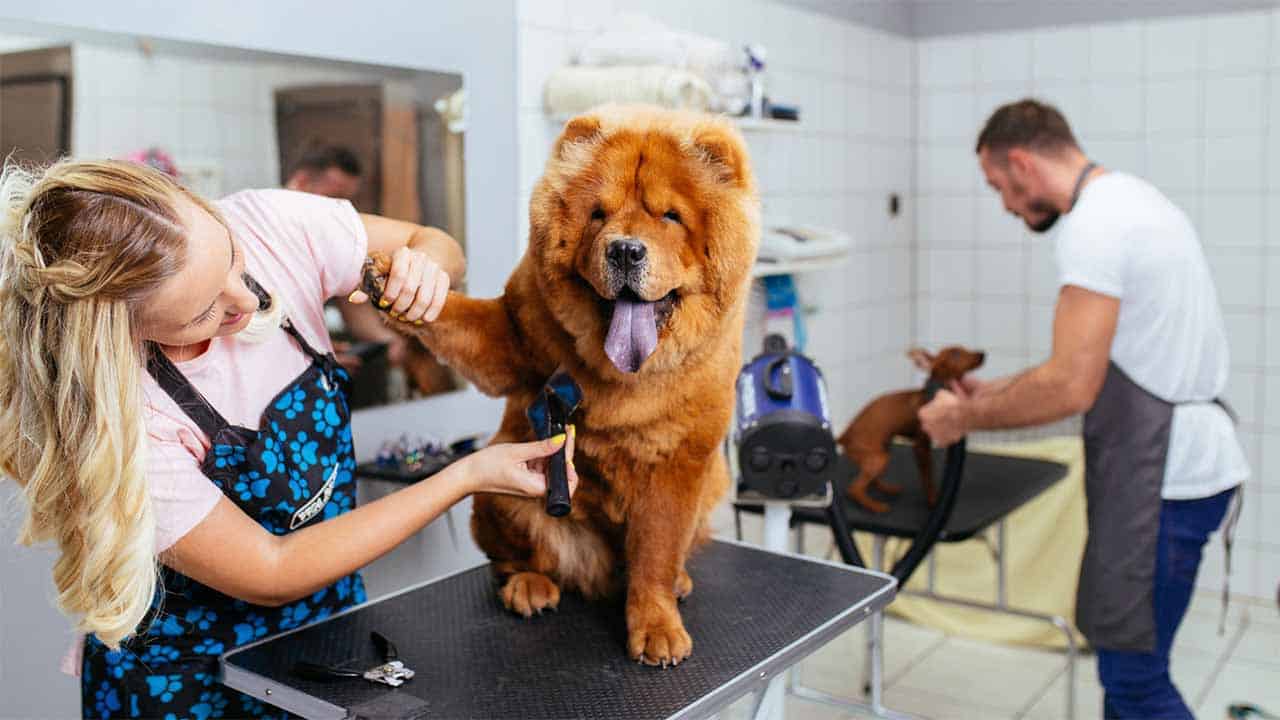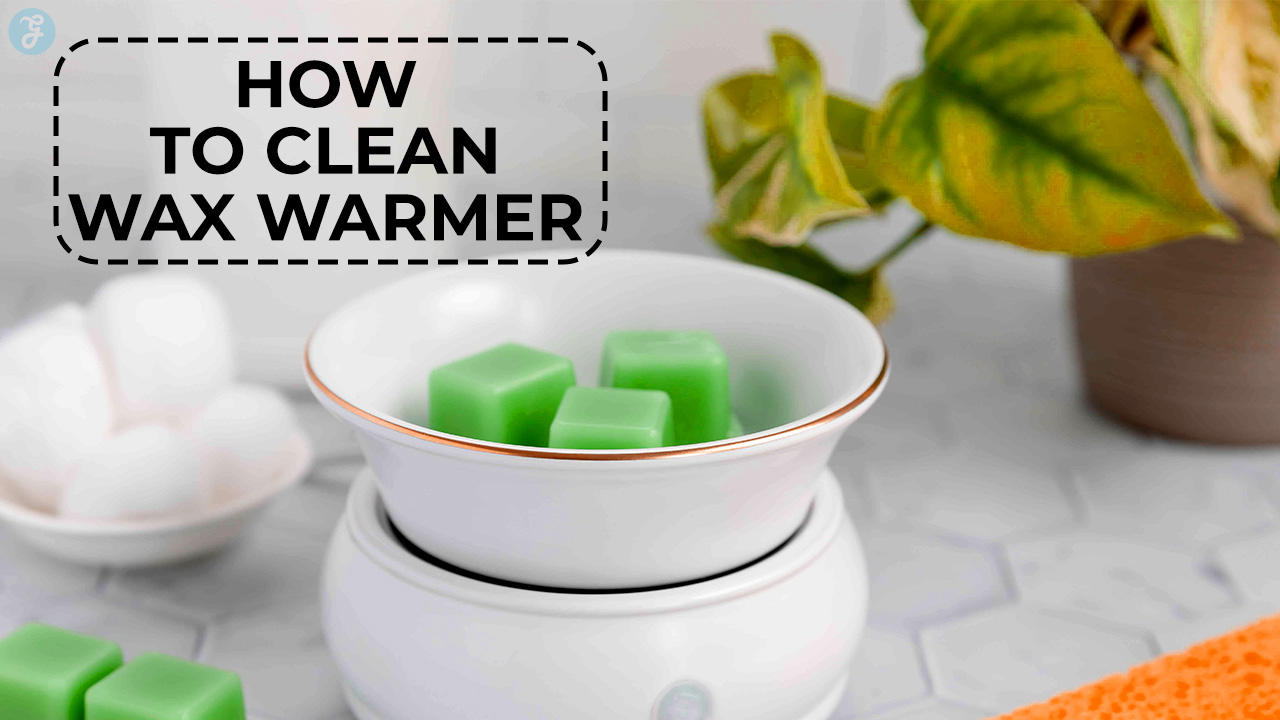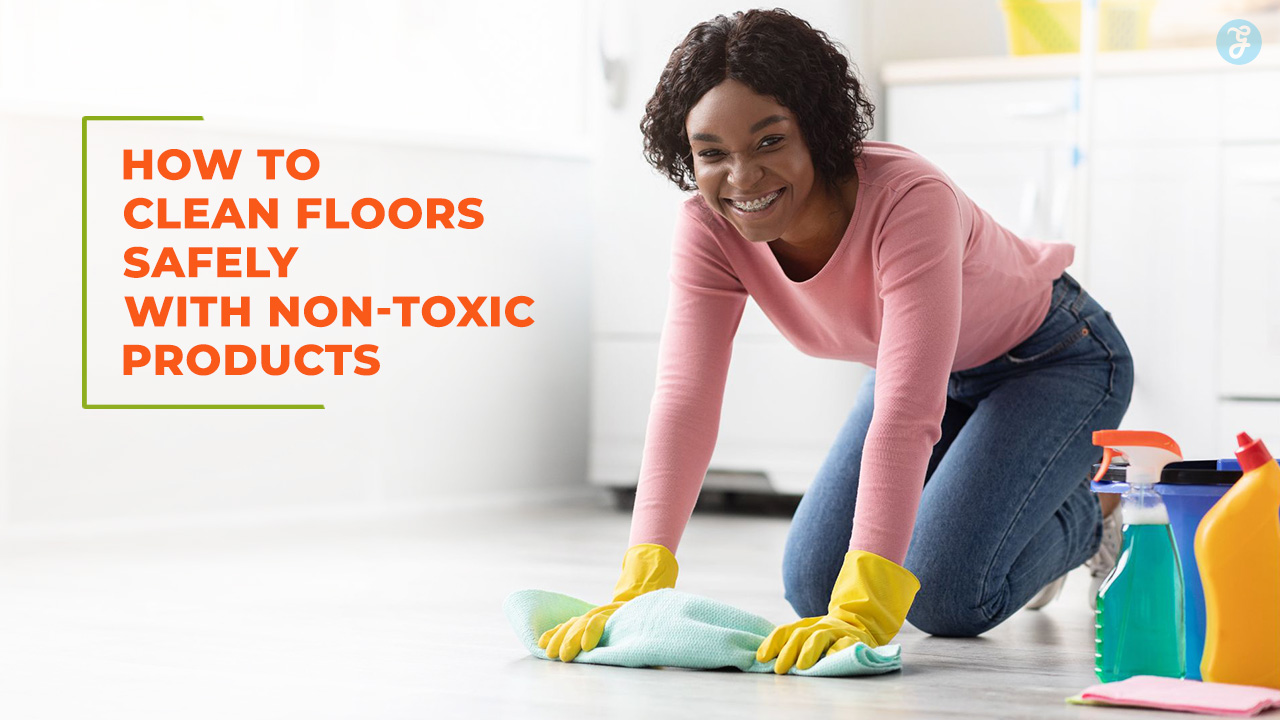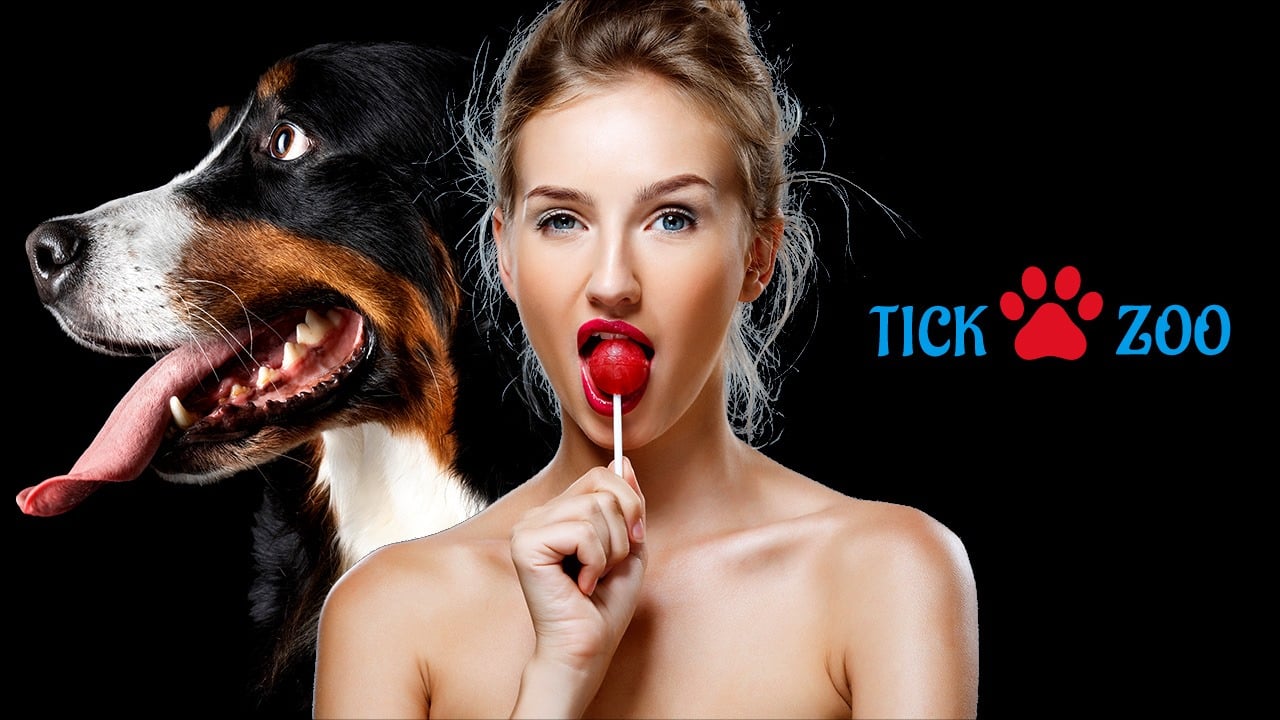Pet grooming is essential to keeping your furry friend healthy and happy. Different breeds and coat types need unique care to look their best. Each type requires specific techniques and tools, from smooth-coated dogs to those with long, curly, or wiry fur.
Proper grooming keeps your pet looking good and helps prevent skin issues and matting. Regular brushing, bathing, and trimming are vital to maintaining a healthy coat.
Whether you have a poodle that needs frequent clipping or a short-haired breed that requires occasional brushing, learning the proper grooming methods for your pet can make a big difference in their well-being.
Understanding Different Coat Types
Dogs have many coat types that need different care. Knowing your dog’s coat helps you groom them right.
Short Coats
Short coats are easy to care for. These dogs have fur that lies close to their body. Breeds like Beagles and Labradors have short coats.
You should brush short-coated dogs once a week. Use a soft bristle brush or rubber curry brush. This removes loose fur and spreads skin oils.
Short coats don’t need frequent baths. Once every few months is enough unless they get dirty. Use a mild dog shampoo when bathing.
Double Coats
Double-coated dogs have two layers of fur. The top layer is longer and coarser. The undercoat is soft and fluffy. Huskies and German Shepherds have double coats.
Brush double coats at least twice a week. Use a slicker brush for the outer jacket. Then, an undercoat rake is used for the inner layer.
These dogs shed a lot, especially in spring and fall. During the shedding season, brush daily to remove loose fur.
Don’t shave double-coated dogs. Their coat helps regulate body temperature.
Curly and Wavy Coats
Curly and wavy coats need more care. Poodles and Bichon Frises have this coat type. Their fur can mat easily if not groomed often.
Brush curly coats every day or two. Use a slicker brush to remove tangles. Follow with a metal comb to check formats.
Bathe these dogs every 4-6 weeks. Use a conditioner after shampooing to keep the coat soft. Many owners take curly-coated dogs to groomers for regular haircuts.
Trim around the eyes, ears, and paws to keep them clean and tidy.
1. Regular brushing for long-haired breeds
Brushing your long-haired dog often is critical to keeping their coat healthy. You should brush them several times a week, if not daily. This helps prevent tangles and mats from forming.
Choose the right brush for your dog’s coat type. A slicker brush or pin brush works well for most long-haired breeds. These brushes can gently detangle fur without pulling the skin.
Start by brushing in the direction of hair growth. Be extra careful around sensitive areas like the belly and ears. If you find any knots, work them out gently with your fingers first.
Using a detangling spray can make brushing easier. Spray it on before you start to help the brush glide through the fur more smoothly. This is especially helpful for dogs with very thick or curly coats.
Pay close attention to areas where mats tend to form. These include behind the ears, under the legs, and around the tail. Regular brushing in these spots can prevent painful matting.
Remember to praise your dog and give treats when brushing. This helps make it a positive experience. Your long-haired friend will learn to enjoy their grooming sessions with time and patience.
2. Bathing tips for short-coated dogs
Bathing short-coated dogs is easier than you might think. These dogs don’t need frequent baths. Usually, every 2-3 months is enough, unless they get dirty.
Start by brushing your dog to remove loose hair and dirt. This helps the shampoo reach the skin better.
Use lukewarm water to wet your dog’s coat. Apply a gentle dog shampoo, working it into a lather. Be careful around the face and ears.
Rinse thoroughly until the water runs clear. Any leftover soap can irritate your dog’s skin.
Towel dry your dog gently. Short-coated breeds dry quickly, so you may not need a blow dryer.
Using a blow dryer, keep it on low heat and hold it at a distance. Short coats offer less protection from heat.
Remember to praise and reward your dog throughout the process. This makes bath time a positive experience for both of you.
3. Ear cleaning guides for Spaniels
Spaniels have floppy ears that need regular cleaning. You should check your Spaniel’s ears weekly for dirt, wax, or signs of infection.
Gather a vet-approved ear cleaner and cotton balls to clean your Spaniel’s ears. Never use cotton swabs, as they can damage the ear canal.
Lift your Spaniel’s ear flap and gently squeeze the cleaner into the ear canal. Massage the base of the ear for about 30 seconds. This helps the cleaner break down wax and debris.
Let your Spaniel shake its head. This brings the loosened dirt to the outer ear. Wipe the visible part of the ear with a cotton ball. Don’t push too deep into the ear canal.
Repeat the process for the other ear. Give your Spaniel treats during and after cleaning for a positive experience.
Contact your vet if you notice redness, swelling, or a bad smell. These could be signs of an ear infection.
Regular cleaning helps prevent ear problems in Spaniels. With practice, you’ll find a routine that works for you and your furry friend.
4. Coat trimming for Poodles
Poodles need regular coat trimming to keep them looking their best. You’ll want to brush your poodle’s coat thoroughly to remove tangles or mats.
Next, use clippers to trim the body hair. Start at the neck and work your way down, moving in the direction of hair growth. Be extra careful around sensitive areas like the ears and paws.
For the face, use scissors to trim around the eyes, nose, and mouth carefully. This helps prevent irritation and keeps your poodle’s face clean.
Don’t forget the legs and tail. Trim these areas to match the overall style you’re going for. Popular poodle cuts include the puppy, continental, and sporting clips.
Remember to trim your poodle’s nails and clean their ears during the grooming process. This helps prevent discomfort and health issues.
If you’re not confident in your trimming skills, visiting a professional groomer is best. They can teach proper techniques and help maintain your poodle’s coat between visits.
5. Nail clipping techniques for large breeds
Clipping nails on big dogs can be tricky. You need the right tools and approach. Use large, sturdy clippers made for giant breeds. They give you more control and power.
Before clipping, get your dog used to having their paws touched. This makes the process easier. Start by gently handling their feet during quiet times. Give treats to create positive associations.
When you’re ready to clip, find a comfortable spot for both of you. Have your dog sit or lie down. Hold their paw firmly but gently. Look for the quick – the pink part inside the nail. Avoid cutting this, as it will bleed and hurt.
Cut small amounts at a time. It’s better to trim less than risk hitting the quick. If your dog has black nails, take extra care. The fast is more challenging to see. Clip tiny bits and stop if you see a dark spot in the center.
Some large breeds may do better with a nail grinder. This tool files down the nail gradually. It can be less stressful for dogs who fear clippers. Always introduce new tools slowly and with lots of praise.
Remember to trim regularly. This keeps nails short and makes the job easier each time. Aim for every 2-4 weeks, depending on how fast your dog’s nails grow.
6. Teeth brushing for dental health
Brushing your dog’s teeth is vital to good health. It stops bad breath and gum problems. You need the right tools and methods to do it well.
Get a dog toothbrush and toothpaste. Human products can hurt your pet. Pick a flavor your dog likes, like chicken or beef.
Start slow. Let your dog lick some toothpaste first. Then, touch their teeth and gums with your finger. This gets them used to it.
Lift your dog’s lip gently. Brush the outside of their teeth in small circles. Focus on the back teeth where plaque builds up.
Try to brush for about 30 seconds on each side. Praise your dog and give treats to make it fun.
Do this daily if you can. If not, aim for at least 2-3 times a week. Regular brushing keeps your dog’s mouth healthy.
Try dental wipes or chews if your dog won’t let you brush. These help clean teeth, too. But you are brushing works best.
Ask your vet for tips if you have trouble. They can show you how to brush right. They also suggest professional cleanings.
7. Deshedding tools for double-coated pets
Double-coated pets like Siberian Huskies and German Shepherds need special care regarding shedding. These breeds have a thick undercoat beneath their top layer of fur.
You’ll want to use a de-shedding tool to manage shedding in double-coated pets. The FURminator is a popular choice among pet owners. It has a stainless steel edge that reaches through the topcoat to remove loose undercoat hair.
Another option is the DakPets de-shedding brush. It’s lightweight and comfortable to use for longer grooming sessions. This tool can help reduce shedding by up to 95%.
For a different approach, consider the Zoom Groom rubber brush. It works well for both dry brushing and bathing. The rubber bristles massage your pet’s skin while removing loose fur.
Deshedding gloves are also effective for double-coated pets. They allow you to groom your pet while petting them, making the process more enjoyable for both of you.
When using any de-shedding tool, be gentle and avoid over-brushing. Start with short sessions and gradually increase the time as your pet gets used to it. Regular grooming with these tools can significantly reduce shedding and keep your pet’s coat healthy.
8. Skincare for dogs with allergies
Dogs with skin allergies need special care. You can help your furry friend feel better with some simple steps.
Bathe your dog regularly. Use a gentle, hypoallergenic shampoo made for sensitive skin. This helps remove allergens from their coat.
Brush your dog daily. It removes loose fur and skin cells that can irritate. A soft bristle brush works well for most dogs.
Keep your dog’s bedding clean. Wash it weekly in hot water to eliminate dust mites and other allergens.
Check your dog’s diet. Some dogs are allergic to certain foods. Talk to your vet about trying a limited ingredient or hypoallergenic food.
Use a moisturizing spray or lotion on dry, itchy spots. Look for products with oatmeal or aloe vera to soothe the skin.
Consider giving your dog omega-3 supplements. They can help reduce inflammation and improve skin health.
Vacuum your home often. This removes allergens like dust and pollen that can bother your dog’s skin.
Try wiping your dog’s paws after walks. It helps remove allergens they may pick up outside.
Watch for signs of fleas. Dogs with allergies are extra sensitive to flea bites. Use flea prevention as directed by your vet.
9. Flea and tick prevention strategies
Protecting your pet from fleas and ticks is crucial for their health and comfort. You can start by using preventative medications recommended by your vet. These come in various forms, like pills, chewables, or topical treatments.
Regular grooming plays a significant role in prevention. Brush your pet’s coat often and check for any signs of fleas or ticks. This helps you catch problems early.
Keep your home clean to discourage pests. Vacuum carpets and furniture frequently. Wash your pet’s bedding in hot water regularly.
When outdoors, try to avoid areas where fleas and ticks are common. This includes tall grass and dense wooded areas. After walks, check your pet for any hitchhikers.
Consider using flea and tick collars or sprays for extra protection. These can be especially helpful during peak flea and tick seasons.
If you spot fleas or ticks on your pet, act quickly. Use a flea comb to remove fleas and tweezers for ticks. Be sure to remove the entire tick, including the head.
Remember, prevention is more accessible than dealing with an infestation. Stay consistent with your chosen prevention methods for the best results.
10. Importance of regular vet check-ups
Regular vet check-ups are essential for your pet’s health. They help catch problems early before they get worse.
You should take your dog to the vet at least once a year. Older pets may need to go every six months.
During check-ups, vets can spot signs of illness you might miss. They check your pet’s weight, teeth, and overall health.
Vet visits are also a chance to update vaccinations. These protect your pet from dangerous diseases.
Your vet can advise on diet and exercise, too. This helps keep your pet at a healthy weight.
Regular check-ups can save you money in the long run. Treating problems early is often cheaper than waiting.
For pets with ongoing health issues, check-ups are even more critical. Your vet can adjust treatments as needed.
Don’t skip vet visits, even if your pet seems healthy. Many problems aren’t apparent until they’re serious.
Remember, your pet can’t tell you when something’s wrong. Regular check-ups are the best way to keep them healthy and happy.
Breed-Specific Grooming Tips
Different dog breeds need different grooming methods. The proper techniques keep your pet’s coat healthy and looking great. Here are tips for grooming various coat types.
Grooming for Breeds with Long Fur
Long-haired breeds like Collies and Shih Tzus need daily brushing. Use a slicker brush to remove tangles and mats. Start at the skin and work your way out.
Trim the fur around their paws and ears regularly. This prevents matting and keeps them clean. Bathe long-haired dogs every 4-6 weeks with a gentle shampoo.
Use a detangling spray before brushing to make the process easier. Pay extra attention to areas prone to matting, like behind the ears and under the legs.
Grooming for Breeds with Short Fur
Short-haired breeds like Beagles and Boxers need less grooming. Brush them once a week with a soft bristle brush or rubber grooming mitt.
Bathing can be done every 2-3 months unless they get dirty. Use a shampoo made for short coats to keep their skin healthy.
Wipe them down with a damp cloth between baths to remove dirt and loose fur. Check for fleas and ticks regularly; they’re easier to spot on short coats.
Grooming for Hypoallergenic Breeds
Poodles and Bichon Frises are examples of hypoallergenic breeds. They need regular grooming to maintain their coats.
Brush their fur daily to prevent matting. Use a slicker brush followed by a metal comb. Trim their coats every 4-6 weeks to keep them neat.
Bathe these breeds every 2-3 weeks. Use a moisturizing shampoo to keep their skin from drying out. Pay special attention to their face and feet during grooming.
Clean their ears weekly to prevent infections. Trim the hair around their eyes to keep their vision clear.
Essential Grooming Tools
Proper tools make pet grooming more accessible and more effective. The correct brushes, combs, clippers, and trimmers can help keep your pet’s coat healthy and looking great.
Brushes and Combs
Slicker brushes work well for many coat types. They have fine wire bristles that remove loose fur and tangles. Use gentle strokes to avoid hurting your pet’s skin.
Bristle brushes are suitable for short-haired pets. They help distribute natural oils and remove dirt. Choose softer bristles for pets with sensitive skin.
Pin brushes have wider-spaced metal pins. They’re great for long-haired pets and detangling. Go slowly to avoid pulling.
Wide-toothed combs help with detangling and removing mats. Start at the ends of the hair and work your way up.
Flea combs have excellent teeth for catching fleas and eggs. They also remove small debris from your pet’s coat.
Clippers and Trimmers
Electric clippers make it easy to trim your pet’s coat. Choose clippers made for pets, not human hair. They’re quieter and won’t get as hot.
Look for clippers with different blade sizes. This lets you adjust the cut length. Start with a longer blade to avoid cutting too short.
Scissors help trim around sensitive areas like the face and paws. Get rounded-tip scissors to avoid accidents.
Nail clippers come in two main types: guillotine and scissors-style. Guillotine clippers work well for small to medium pets. Scissors-style are better for larger pets with thicker nails.
Always have styptic powder on hand if you accidentally cut the nails quick.
Takeaways
Pet grooming is essential for maintaining your pet’s health and happiness. It is crucial to understand your pet’s specific grooming needs based on their breed and coat type. Regular brushing, especially for long-haired breeds, prevents tangles and mats.
Short-coated dogs require less frequent grooming but still benefit from regular baths and ear cleaning. Curly-coated breeds need daily brushing and regular trims. Proper nail clipping, tooth brushing, and flea and tick prevention are vital.
Using the right grooming tools, such as slicker brushes, clippers, and combs, makes the process more effective. Regular vet check-ups ensure your pet’s grooming routine supports their overall health.
Tailoring grooming practices to your pet’s needs helps keep them looking their best and contributes to their well-being.


